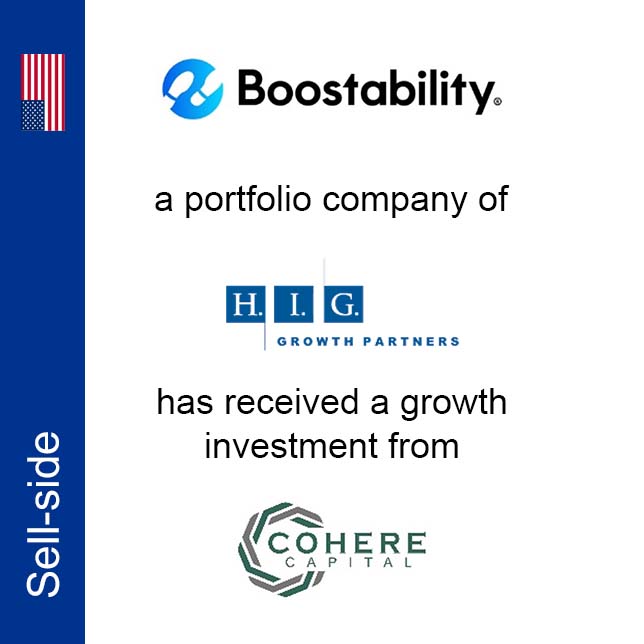
Technology
Technology and communications
Many firms with a presence in the technology and communications industry have been experiencing significant growth as a result of advances in, and the adoption of, new technologies. The magnitude and rates of change have provided extraordinary opportunities for progressive firms. The challenge is that along with the opportunity comes additional risk and volatility. Companies in these industries must be nimble as change comes rapidly and markets shift. Successful leaders of technology and communications firms must be focused not only on executing their business plans, but also on broader market developments, trends, and opportunities.
The Technology and Communications team serves a wide range of companies including:
- Communication systems & technologies
- IT services and consulting
- Internet technology and services
- Software and services
- Technology outsourcing
- Telecommunications
- Value-added resellers
- Digital Media
- Semiconductor
Recent transactions

Market Scan Information Systems
KPMG Corporate Finance LLC acted as financial advisor to Market Scan Information Systems, Inc.

Spotify USA
KPMG Corporate Finance LLC acted as exclusive financial advisor to Spotify USA Inc.

Tidal Software
KPMG Corporate Finance acted as exclusive financial advisor to Tidal Software LLC

The Sloan Company
KPMG Corporate Finance acted as exclusive financial advisor to The Sloan Company, Inc.

Security Weaver
KPMG Corporate Finance LLC acted as exclusive financial advisor to Security Weaver LLC

SmartBox
KPMG Corporate Finance LLC acted as exclusive financial advisor to SmartBox

Semtech Corporation
KPMG Corporate Finance LLC acted as exclusive financial advisor to Semtech Corporation

Boostability Holdings
KPMG Corporate Finance LLC acted as exclusive financial advisor to Boostability Holdings, Inc.

Risk Based Security
KPMG Corporate Finance LLC acted as exclusive financial advisor to Risk Based Security
Meet our team
In today’s market, you need an advisor with objective insight at every step of the transaction process. We work with you throughout the full deal cycle to create value and successfully execute your deal strategy.




